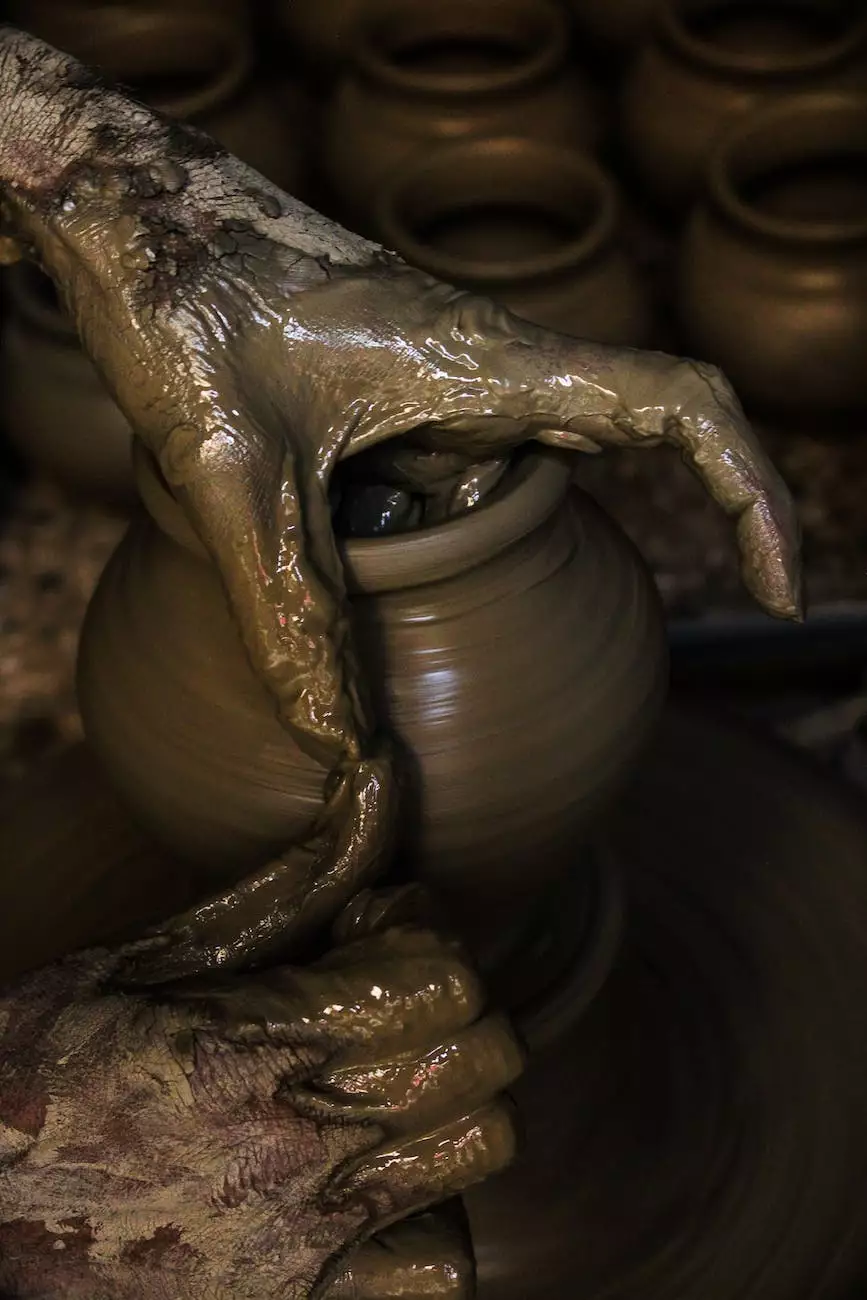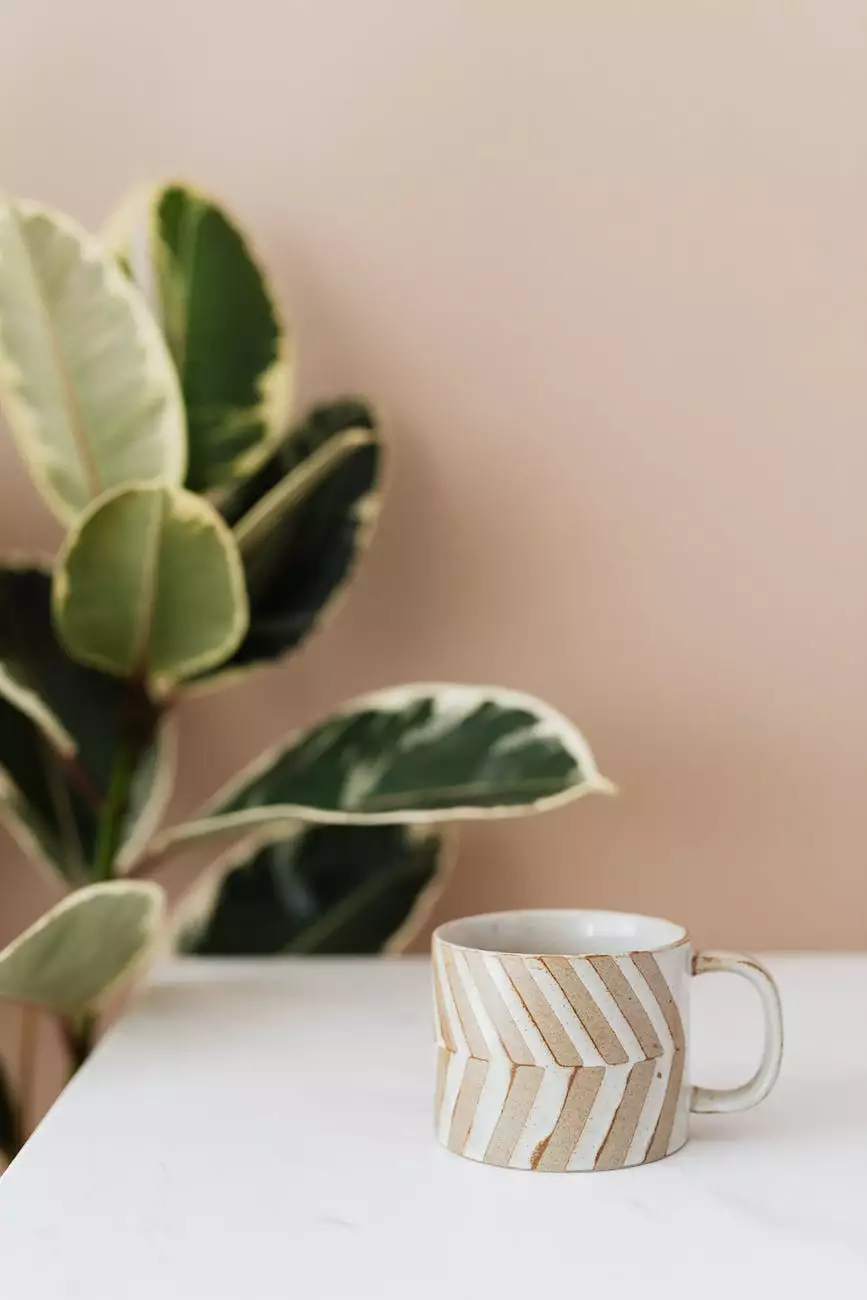Definition of the term Bevel Siding (or Lap Siding)
Services
Introduction
Welcome to Nicholas Home Inspection & Consulting, your trusted partner in the business and consumer services industry. In this comprehensive guide, we will define and explore bevel siding, also known as lap siding, a popular choice for home exteriors. Whether you're a homeowner, contractor, or simply interested in understanding the different types of siding, this article is for you.
What is Bevel Siding?
Bevel siding, also referred to as lap siding, is a type of exterior cladding commonly used in residential and commercial construction. It is known for its distinctive overlapping design, where each board is beveled at the top edge to create an angled profile.
Advantages of Bevel Siding
Bevel siding offers several advantages that make it a popular choice among homeowners and builders:
- Durability: Bevel siding is highly durable and can withstand various weather conditions, including rain, snow, and wind.
- Aesthetics: With its clean lines and traditional look, bevel siding adds a touch of timeless elegance to any building.
- Versatility: Bevel siding is available in a range of materials, including wood, fiber cement, and vinyl, allowing for flexibility in design options.
- Easy Maintenance: Bevel siding requires minimal maintenance, typically involving periodic cleaning and repainting to keep it looking its best.
- Enhanced Insulation: Bevel siding, when installed correctly with proper insulation, can contribute to increased energy efficiency in a building.
Types of Bevel Siding
Bevel siding is available in various types, each with its unique characteristics. Let's explore some of the popular options:
1. Wood Bevel Siding:
Wood bevel siding is a classic choice that offers natural warmth and beauty. It is commonly made from Western Red Cedar, Pine, or Redwood. While wood siding requires regular maintenance to prevent decay and insect damage, it can be easily repaired and refinished to maintain its original appearance.
2. Fiber Cement Bevel Siding:
Fiber cement bevel siding is a modern alternative to wood siding. It is composed of a mixture of cement, sand, and cellulose fibers. This type of siding is highly resistant to rot, fire, and pests. Fiber cement siding can be pre-finished or painted after installation, providing versatile design options for homeowners.
3. Vinyl Bevel Siding:
Vinyl bevel siding is a low-maintenance option that is known for its affordability and durability. It is available in a wide range of colors and styles, allowing homeowners to achieve their desired aesthetic without extensive upkeep.
Installation and Maintenance
Proper installation and maintenance are essential to ensure the longevity and performance of bevel siding. Here are some guidelines to consider:
1. Installation:
It is recommended to hire a professional contractor experienced in installing bevel siding. Proper installation techniques, including appropriate flashing and fastening, will help prevent moisture intrusion and ensure a seamless appearance.
2. Maintenance:
Maintenance requirements may vary depending on the chosen material. However, common maintenance practices for bevel siding include regular cleaning, inspection for potential damage or rot, and repainting as needed. It is essential to follow the manufacturer's instructions for the specific type of siding.
The Importance of Professional Consulting and Inspection
When it comes to choosing, installing, and maintaining bevel siding, it is always beneficial to seek professional consulting and inspection services. Nicholas Home Inspection & Consulting offers expert advice and services to homeowners and contractors alike.
Our team of experienced professionals understands the nuances of bevel siding and is qualified to provide comprehensive analysis and recommendations tailored to your specific needs. From initial consultation to thorough inspections, we ensure the highest quality service every step of the way.
Contact Nicholas Home Inspection & Consulting today to learn more about how we can assist you in making informed decisions regarding bevel siding, as well as other aspects of your home inspection and consulting needs.
Conclusion
In conclusion, bevel siding, also known as lap siding, is a versatile and aesthetically pleasing exterior cladding option that offers durability, versatility, and easy maintenance. With different material choices available, including wood, fiber cement, and vinyl, homeowners and builders can select the best option to suit their preferences and requirements.
At Nicholas Home Inspection & Consulting, we are committed to providing the highest quality consulting and analytical services, ensuring our clients' satisfaction and success.










